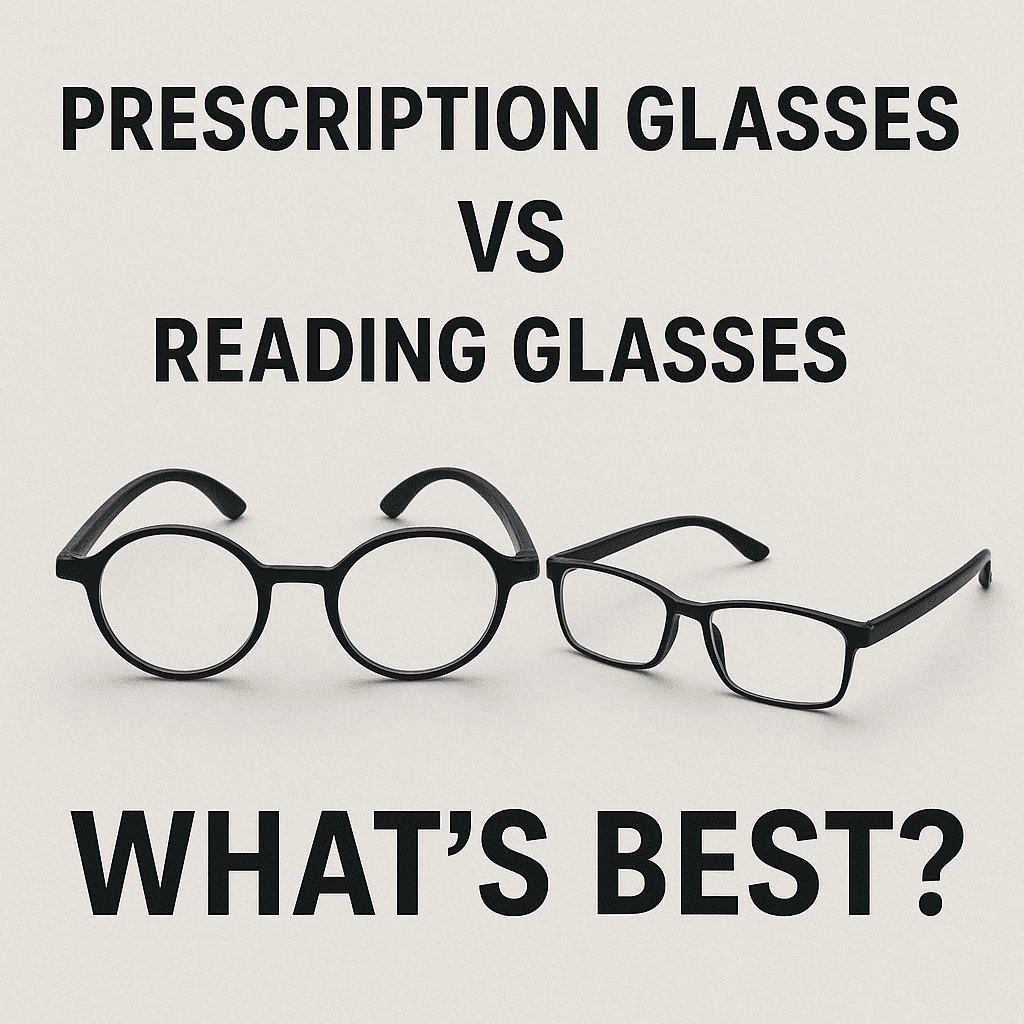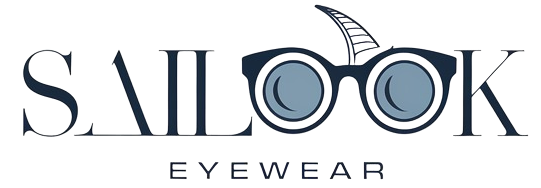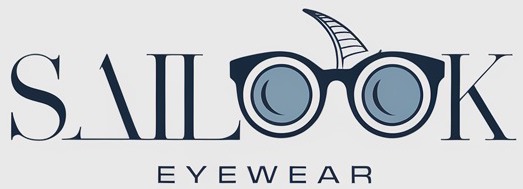When it comes to choosing the right eyewear, there’s often confusion between prescription glasses and reading glasses. Many individuals face challenges when deciding which is better suited for their needs. Prescription glasses offer customized vision correction, while reading glasses provide a more general solution for near-sightedness. In this article, we will break down the key differences between these two types of eyewear, explore their specific uses, and help you decide which one is right for you.

1. What Are Prescription Glasses and Reading Glasses?
Prescription glasses are customized eyewear designed to correct specific vision problems. Unlike over-the-counter reading glasses, they are tailored to an individual’s unique eye condition, including nearsightedness, farsightedness, astigmatism, and presbyopia. Prescription glasses are created using a specific prescription from an eye doctor, ensuring optimal vision correction based on each person’s needs.
Reading glasses, on the other hand, are widely available over-the-counter and are intended for people experiencing presbyopia, which is a condition that affects the ability to focus on nearby objects as people age. These glasses generally provide a set magnification power and are commonly used for reading, sewing, or other close-up tasks. While prescription glasses are tailored for more complex vision issues, reading glasses provide a quick, temporary solution for those needing help with near-vision tasks.
But here’s the kicker—while both types of glasses can help improve vision, knowing the distinction between the two will save you from eye strain and unnecessary discomfort.
| Type of Glasses | Prescription Glasses | Reading Glasses |
|---|---|---|
| Custom-made | Yes | No |
| Corrects specific vision problems | Yes | No |
| Best for complex vision issues | Yes | No |
| Available over-the-counter | No | Yes |
2. How Do Prescription Glasses and Reading Glasses Work?
Prescription glasses work by correcting specific refractive errors in the eyes. They can address conditions such as myopia (nearsightedness), hyperopia (farsightedness), and astigmatism by reshaping how light enters the eye. This enables the wearer to see clearly at all distances, whether it’s close-up or far away. The lenses are custom-made for each individual, ensuring that the wearer receives the most accurate vision correction possible.
Reading glasses, however, use a single magnification power to help with near-vision tasks, such as reading a book or looking at small print. They don’t address complex vision problems and are generally designed for older adults who have difficulty focusing on objects up close. Since they are made with one fixed power, they are not suitable for general-use vision correction and are primarily a quick fix for those experiencing presbyopia.
What’s the real story here? Prescription glasses are for all-encompassing vision correction, while reading glasses are just a temporary aid for close-up work.
| Vision Condition | Prescription Glasses Solution | Reading Glasses Solution |
|---|---|---|
| Myopia (Nearsightedness) | Custom lenses to correct distance vision | Not suitable for distance correction |
| Hyperopia (Farsightedness) | Custom lenses for near tasks | Not effective for near vision correction |
| Astigmatism | Corrective lenses for distortion | No solution for astigmatism |
3. What Are the Main Differences Between Prescription and Reading Glasses?
The primary difference between prescription and reading glasses lies in their customization and intended use. Prescription glasses are designed to correct specific vision conditions, such as nearsightedness or astigmatism. They are tailored to the individual’s unique vision needs and are often used for all daily activities, including driving, working, and reading.
In contrast, reading glasses are not customized for individual vision problems. They provide a simple solution for presbyopia, with a fixed magnification that helps individuals see small text or objects up close. However, reading glasses are not effective for distance vision correction and are not suitable for those with other eye conditions.
Here’s the kicker: if you need more than just help with reading, prescription glasses are a much better long-term solution.
| Key Factor | Prescription Glasses | Reading Glasses |
|---|---|---|
| Customization | Tailored to individual vision needs | Fixed magnification for presbyopia |
| Vision Correction | Near and far vision correction | Only for close-up tasks |
| Use | Daily use for all tasks | Primarily for reading and small tasks |
4. Which Vision Problems Can Be Corrected with Prescription Glasses?
Prescription glasses can correct a variety of vision issues, depending on your individual prescription. Common conditions addressed by prescription eyewear include:
- Nearsightedness (Myopia): Difficulty seeing distant objects clearly. Prescription glasses for myopia use concave lenses to diverge light and correct focus on the retina.
- Farsightedness (Hyperopia): Difficulty seeing objects up close. Convex lenses are used in prescription glasses for farsightedness to converge light, allowing clear vision for near tasks.
- Astigmatism: Blurry or distorted vision caused by an irregularly shaped cornea. Prescription glasses for astigmatism help correct the uneven light entering the eye.
- Presbyopia: Age-related loss of close-up vision. For presbyopia, prescription glasses can be designed with bifocal or progressive lenses to improve both near and far vision.
| Vision Condition | Prescription Glasses Solution | Reading Glasses Solution |
|---|---|---|
| Myopia | Concave lenses for clear distant vision | Not suitable for distance correction |
| Hyperopia | Convex lenses for near vision clarity | Not effective for near tasks |
| Astigmatism | Specialized lenses for correction | No solution for astigmatism |
| Presbyopia | Bifocal or progressive lenses for all distances | Fixed magnification for close-up tasks |
Ready for the good part? Prescription glasses are comprehensive, addressing multiple vision problems, whereas reading glasses only help with one condition—presbyopia.
5. Can Reading Glasses Be Used for Correcting Vision Problems?
While reading glasses may provide temporary relief for presbyopia, they do not correct underlying vision problems like nearsightedness, farsightedness, or astigmatism. Reading glasses are specifically designed for people who have difficulty seeing objects up close, usually due to age-related changes in the eye. They offer a fixed magnification, which can help with tasks such as reading or sewing.
However, using reading glasses for other conditions may lead to eye strain and discomfort. For individuals with complex vision issues, it’s recommended to consult an optometrist for a prescription that addresses all their needs.
This is where it gets interesting—while reading glasses serve a simple purpose, they cannot replace prescription glasses for comprehensive vision correction.
6. How to Choose Between Prescription Glasses and Reading Glasses?
Choosing between prescription glasses and reading glasses depends on your specific vision needs. If you only struggle with near vision, such as reading small print or looking at a phone screen, reading glasses may be sufficient. They are inexpensive and easy to obtain.
However, if you have more complex vision issues, such as myopia, hyperopia, or astigmatism, prescription glasses are necessary. Prescription glasses provide a customized solution that can address all your vision needs and ensure clarity at both near and far distances.
But here’s the kicker—if you find yourself needing help with near vision as well as distance vision, prescription glasses with multifocal lenses (e.g., bifocals or progressives) can provide a one-stop solution.
| Need | Prescription Glasses | Reading Glasses |
|---|---|---|
| Complex Vision Issues | Yes | No |
| Near Vision Correction | Yes | Yes |
| Far Vision Correction | Yes | No |
| Customization | Yes | No |
7. What Are the Costs of Prescription Glasses vs Reading Glasses?
The cost of prescription glasses varies widely depending on factors such as the lens type, frame material, and whether you have insurance coverage. On average, prescription glasses can range from $100 to $400 or more. Some high-end lenses, such as progressive lenses or those with special coatings, can cost even more.
Reading glasses, however, are far more affordable. Prices typically range from $10 to $50, depending on the brand and style. Since reading glasses are not customized to individual vision needs, they are available without a prescription and can be purchased from drugstores or online retailers.
| Cost Comparison | Prescription Glasses | Reading Glasses |
|---|---|---|
| Low-end | $100 | $10 |
| Mid-range | $200 | $20 |
| High-end | $400+ | $50 |
What’s the real story here? Prescription glasses are a long-term investment in your vision health, while reading glasses are a temporary fix for close-up vision.
8. Do Prescription Glasses Offer More Benefits Than Reading Glasses?
Yes, prescription glasses offer more benefits compared to reading glasses. They are customized to your unique vision needs, ensuring the best possible clarity at all distances. Prescription glasses also come in a variety of lens types, such as single vision, bifocal, or progressive lenses, making them versatile for both near and far vision correction.
Reading glasses, in contrast, only help with near vision. They are a simple, inexpensive solution for those with presbyopia but don’t provide the comprehensive benefits that prescription glasses do.
But here’s the kicker—if you want clear, sharp vision for both close and far distances, prescription glasses are the way to go.
9. How to Care for Prescription Glasses and Reading Glasses?
Both prescription glasses and reading glasses require proper care to maintain their effectiveness and longevity. Here are some essential tips for both types:
- Clean regularly: Use a microfiber cloth to clean lenses and avoid scratches. For prescription glasses, avoid cleaning with rough materials that may damage the lenses.
- Store properly: Keep your glasses in a protective case when not in use. This prevents them from getting scratched or bent.
- Handle with care: Always remove glasses with both hands to prevent them from becoming misshapen.
For prescription glasses, be sure to visit an optometrist regularly to ensure your prescription is up to date. For reading glasses, simply replace them when the magnification no longer provides adequate vision correction.
What’s the real story? Proper care will ensure both prescription and reading glasses last longer and provide consistent, clear vision.
10. What Are the Risks of Using Reading Glasses Regularly?
Using reading glasses regularly, especially when they are not designed for your specific vision needs, can lead to several issues. One of the main risks is eye strain. Reading glasses are typically designed with a single magnification power, making them unsuitable for individuals with other vision problems. Overuse of reading glasses can cause discomfort, headaches, and even blurry vision.
Additionally, if you rely on reading glasses without correcting other vision issues, you may experience difficulty with distance vision, leading to further strain and fatigue. For long-term eye health, it’s crucial to have a full eye exam and consider prescription glasses if needed.
But here’s the kicker—while reading glasses may work for short-term relief, they are no substitute for comprehensive vision correction provided by prescription eyewear.
11. Can You Use Reading Glasses for Both Near and Far Vision?
Reading glasses are designed solely for close-up tasks, such as reading or working on a computer. They are not suitable for correcting vision at long distances. Using reading glasses for far vision can lead to blurry or distorted images, causing further eye strain.
Prescription glasses, on the other hand, are designed to address both near and far vision problems. Multifocal lenses, such as bifocals or progressive lenses, can correct vision for both tasks.
This is where it gets interesting—if you need help with both near and far vision, prescription glasses offer a comprehensive solution that reading glasses simply cannot provide.
12. How Does Age Impact the Need for Prescription Glasses vs Reading Glasses?
As people age, their vision changes. Presbyopia, a condition that affects the ability to focus on nearby objects, typically begins around the age of 40. Reading glasses are often the first solution for presbyopia, as they help people see close-up objects clearly.
However, as other vision problems may arise with age, such as nearsightedness or astigmatism, prescription glasses become necessary. Prescription glasses offer a more complete solution, addressing both near and far vision problems, and can be customized with progressive or bifocal lenses to provide optimal clarity.
Ready for the good part? If you’re over 40 and struggling with near vision, it may be time to consider prescription glasses.
13. Are There Any Alternatives to Prescription Glasses and Reading Glasses?
Yes, there are several alternatives to prescription glasses and reading glasses. Contact lenses are a popular option for individuals who prefer not to wear glasses. They provide clear vision without the need for frames and are suitable for people with both near and far vision problems.
Laser eye surgery, such as LASIK, is another option for those seeking a permanent solution to refractive errors like myopia and hyperopia. This procedure reshapes the cornea, allowing for clearer vision without the need for glasses or contacts.
But here’s the kicker—while alternatives may be effective, glasses are still a practical and affordable option for most people.
14. What Are the Pros and Cons of Prescription Glasses vs Reading Glasses?
Here’s a quick comparison of the pros and cons of both types of glasses:
| Prescription Glasses | Reading Glasses |
|---|---|
| Customized for specific vision needs | Inexpensive and easily accessible |
| Corrects both near and far vision | Primarily for close-up tasks |
| Long-term solution | Limited use for presbyopia only |
| Can address multiple eye conditions | No correction for distance vision |
| Offers full comfort and clarity | May cause strain if used for other purposes |
So, what’s the deal? If you need comprehensive vision correction, prescription glasses are the better choice. But if you only need help with near vision, reading glasses can be a cost-effective solution.
15. How Can You Get the Right Prescription for Glasses?
To get the right prescription for glasses, you need to schedule an eye exam with an optometrist. During the exam, the optometrist will test your vision and determine the specific prescription you need for both near and far vision. If you have specific conditions, such as astigmatism, your optometrist will provide recommendations for the most appropriate lenses.
It’s also important to have regular eye exams, especially as you age, to ensure that your prescription stays up-to-date and that your eyes are healthy.
Here’s the kicker—if you’re experiencing vision problems, don’t wait! Schedule an eye exam today to get the prescription that suits your needs.
Conclusion
In summary, choosing between prescription glasses and reading glasses depends on your specific vision needs. While reading glasses provide an affordable, temporary solution for presbyopia, prescription glasses offer a more comprehensive and long-term vision correction option. If you experience both near and far vision issues, prescription glasses are the way to go for clear, consistent vision. Always consult an optometrist to ensure you make the best choice for your eye health.
FAQ Section
Q1: What is the difference between prescription glasses and reading glasses?
A1: Prescription glasses are customized for specific vision conditions and correct both near and far vision, while reading glasses are designed for people with presbyopia to help with close-up tasks.
Q2: How do prescription glasses work?
A2: Prescription glasses use lenses tailored to your individual needs, such as correcting nearsightedness, farsightedness, or astigmatism, and can improve both near and far vision.
Q3: Can I use reading glasses for everything?
A3: No, reading glasses are only effective for close-up tasks. They do not correct distance vision and should not be used for activities like driving.
Q4: When should I switch to prescription glasses?
A4: If you experience difficulty with both near and far vision, or if reading glasses no longer provide adequate correction, it may be time to switch to prescription glasses.
Q5: How much do prescription glasses cost compared to reading glasses?
A5: Prescription glasses tend to be more expensive, ranging from $100 to $400, while reading glasses are more affordable, typically costing between $10 to $50.

